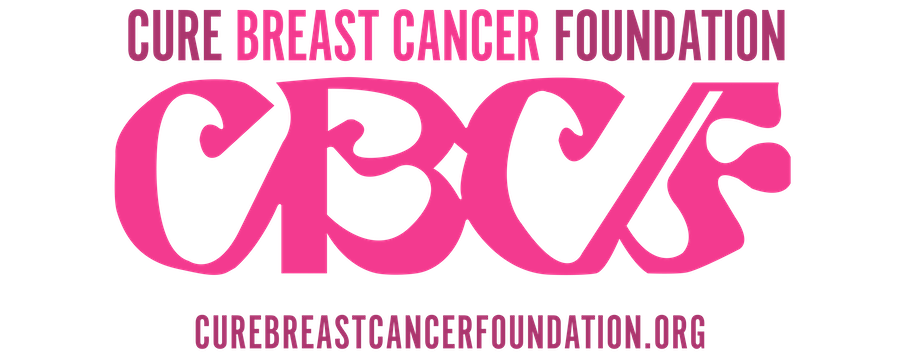Dr. Norton Responds to New Breast Cancer Screening Guidelines
Dr. Larry Norton, Scientific Director of the CBCF, was asked for his opinion on the new breast screening guidelines published by the American Cancer Society. This is his response:
 All the groups agree that mammography can reduce a woman’s risk of dying from breast cancer, by about 20 percent.* But when it comes to when to start and how often to screen, many experts say there is no one answer that suits all women.
All the groups agree that mammography can reduce a woman’s risk of dying from breast cancer, by about 20 percent.* But when it comes to when to start and how often to screen, many experts say there is no one answer that suits all women.
Those who want to find tumors when they are as small and as early as possible should screen earlier and more often — provided that they can live with the high likelihood that at some point they will be called back to the clinic for more testing based on a false positive.**
Women who find screening onerous or nerve-racking can take advantage of the opportunity to start later and undergo the testing less often — provided that they can live with the possibility that if they do develop cancer, the tumor may be larger and more advanced than it would have been had they been screened more often.***”
*20% is probably a low estimate of the benefit. The benefit may be as high as 48% in women who are actually screened.
**The use of the word “high” may be a slight overstatement. And most of the cases called back only need one more mammogram view or a sonogram to be told that they have no problem. A small percentage (1-3%) need a needle biopsy to be assured that they do not have cancer, and studies have shown that most such women are grateful for the news and support further breast screening.
***And “larger and more advanced” means that more aggressive management is often necessary as well as the possibility of a lower chance of cure.
For these reasons, I continue to support annual mammography starting at age 40 for a woman at average risk of developing breast cancer.
